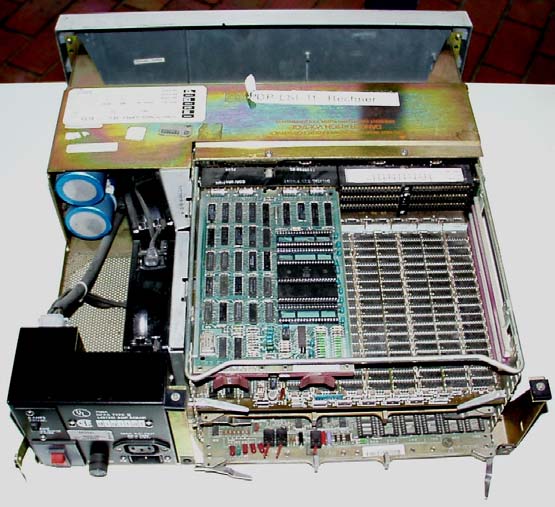Many of the Level 2 systems I wrote were for new mills but a few were replacements for older systems. Replacements were sometime sought simply because the newer versions were more efficient and saved more fuel, but sometimes there was a rush to replace an older system because repair parts could no longer be found. This surely applied to many different types of hardware but in this case I’m thinking specifically of DEC PDP 11/73 hardware running a flavor of Rsx11 OS. I remember systems that looked like this Q-bus rack shown here.

Each system had at least a CPU board, an I/O board, and some kind of graphics board. There was probably a drive controller board as well and there may have been others. As working examples of these boards became increasingly scarce the demand for them at surviving installations went up. In order to circulate them quickly it was still possible in the mid-90s to arrange with a commercial airline to walk to a departure gate, hand a board off to a flight attendant, and have a customer pick it up at the arrival gate in the destination city. Try to imagine that happening today. (Shipment of parcels is now far cheaper and faster than it was then, of course.)
The boards were sometimes sent to needy customers as an act of goodwill but in other cases there may have been a charge. The airlines were certainly paid. From a pure economics viewpoint one can see that price would go up as supply decreased. Whether you measure expense in terms of money or effort, the last available boards demonstrated economic theory exactly as expected.
As an aside, this paper provides an interesting and concise history of control technologies. I was in the field as a myriad of specialized computers were giving way to PC-based platforms. I specifically worked with DEC Vax and Alpha machines running VMS and led our company’s transition to PCs running Windows NT.
